Many images and artifacts about the August Revolution are displayed at the Provincial Museum.
In the treasure trove of images and artifacts about the history of the national liberation struggle being preserved at the Provincial Museum, the images and artifacts about the August Revolution and National Day September 2 on the land of Thanh Hoa are quite rich and diverse, vividly and completely showing each event and each stage of the steadfast and indomitable revolutionary struggle of the cadres and people of Thanh Hoa . Standing out in the exhibition room "Thanh Hoa's Patriotic and Revolutionary Tradition" are souvenirs related to the process of campaigning for the birth of the Party and the process of leading and directing the revolutionary movement of predecessors such as Nguyen Doan Chap, Le The Long, Ngo Duc Mau...; a collection of revolutionary newspapers such as the Cuu Quoc newspaper, the Co Giai Phong newspaper, the Duoi Giac Nuoc newspaper...; a collection of revolutionary leaflets calling on workers, farmers and soldiers to unite into a bloc of strength following the Party to make the victory of the August Revolution.
For the generation born in the post-war period, “war” has become history. However, it is a part of history that cannot be forgotten and can never be forgotten. Therefore, the painting depicting the scene of breaking into Japanese rice warehouses to save the people from starvation in Hoang Hoa (May 1945) and an excerpt from the “Demand for Food” Directive of the Viet Minh General Headquarters are displayed so that today’s posterity can better understand the terrible famine of the year At Dau 1945 of the nation. In the face of the “unprecedented in history” famine, the “Demand for Food” Directive was born to meet the urgent, pressing, and vital needs of our people at that time and immediately received the response of our people. Then, when the movement of “breaking into rice warehouses to solve the famine” broke out strongly throughout the districts of Hoang Hoa, Thieu Hoa, Hau Loc, and Tho Xuan, the victory made the people even more confident in their strength of solidarity. Along with that, the revolutionary awareness of the peasant class was also raised, further strengthening the determination to overthrow the fascists and feudalists.
Through the introduction of Ms. Nguyen Thi Tham, a tour guide at the Provincial Museum, each artifact brought us back to the boiling revolutionary period 80 years ago. In the exhibition space, the "Command Drum" of the army and people of Hoang Hoa district is placed in a solemn position, helping viewers recall the entire process of fighting for power here. On July 24, 1945, under the leadership of the Party, directly by the Party cell and the Viet Minh Committee of the district, all classes of Hoang Hoa people fought side by side bravely and steadfastly, winning the revolutionary government into the hands of the people. This was the victory that opened the climax of the uprising to seize power, promoting the revolutionary movement in the whole province to its peak.
Carefully preserved in the gallery are also photos of Mother Tom's house, the secret base of the Party, which was also the printing facility for the newspaper "Chasing the enemy"; the barber's box used by Mother Tom's son to hide documents and cut hair to earn money to support comrade To Huu and other revolutionary soldiers; a photo of Mr. To Dinh Bang's house in Mao Xa village - where the Provincial Party Committee conference decided on the General Uprising on August 15, 1945; a photo of Ngo Xa Ha communal house - where the Provisional Revolutionary Committee prepared to march to the town to meet the people; a photo of the tomb of Comrade Le Van Tuon, a self-defense soldier who sacrificed his life during the uprising to seize power in Hoang Hoa; a photo of Mat mountain - where the red flag with a yellow star appeared on the night of August 20 and early morning of August 21, 1945.
The most prominent and meaningful photo in the gallery is of Uncle Ho reading the Declaration of Independence giving birth to the Democratic Republic of Vietnam at the historic Ba Dinh Square on September 2, 1945.
Each exhibit on display has contributed to recreating the revolutionary struggle process, from preparing to establish the Provincial Party Committee to successfully carrying out the "earth-shattering" August Revolution.
According to Director of Thanh Hoa Provincial Museum Trinh Dinh Duong, "to make the echoes of the August Revolution last forever, spread far and wide, and be engraved in the hearts of every Thanh Hoa citizen, especially the young generation, the Provincial Museum regularly conducts traditional education through images and artifacts, in many diverse forms, helping each citizen to have a correct understanding of national history, thereby knowing how to appreciate, preserve and promote the brilliant "golden history" in the new era".
Article and photos: Minh Khoi
Source: https://baothanhhoa.vn/nhung-hien-vat-vo-gia-258594.htm


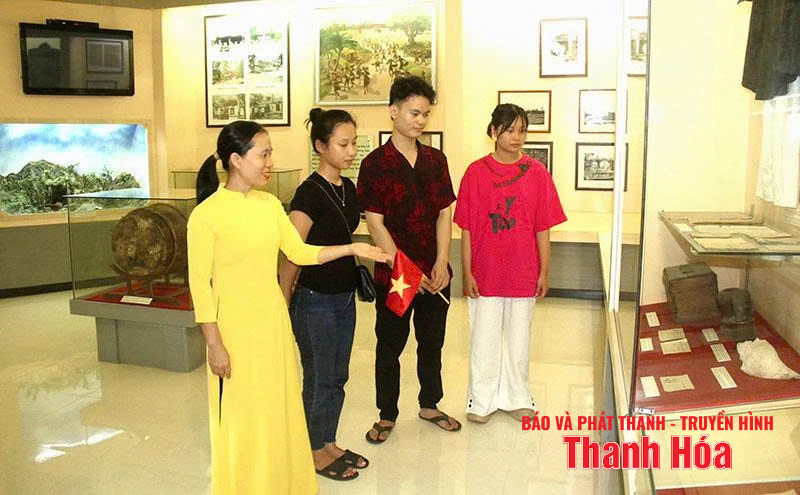
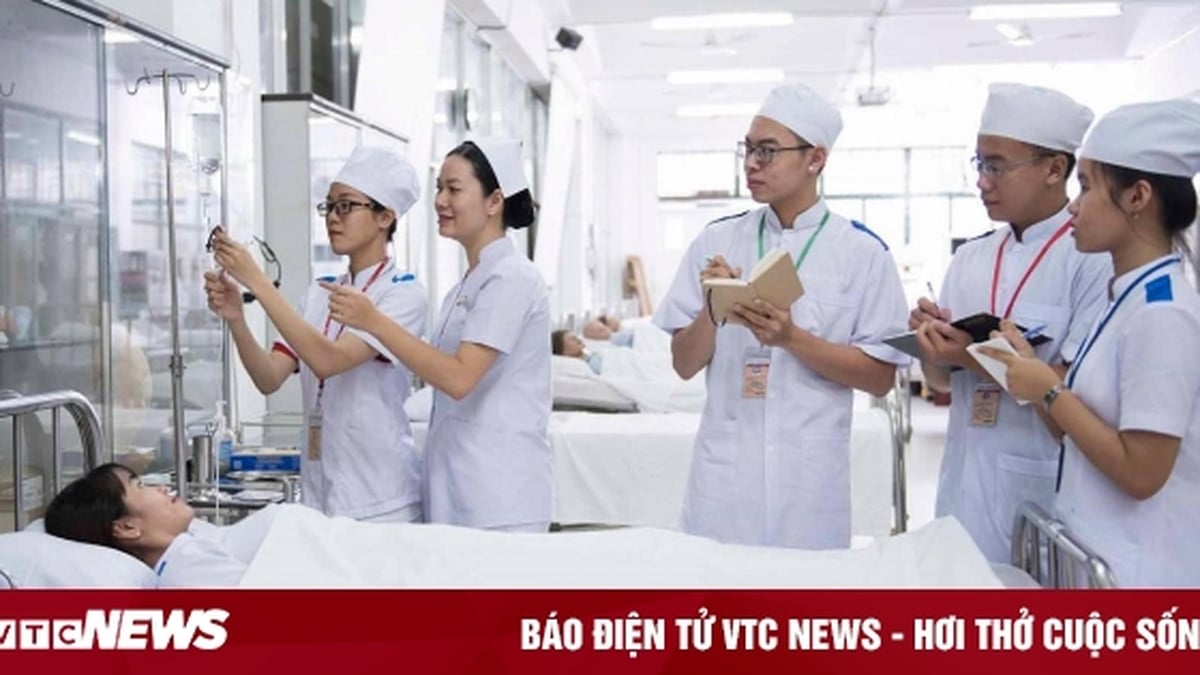
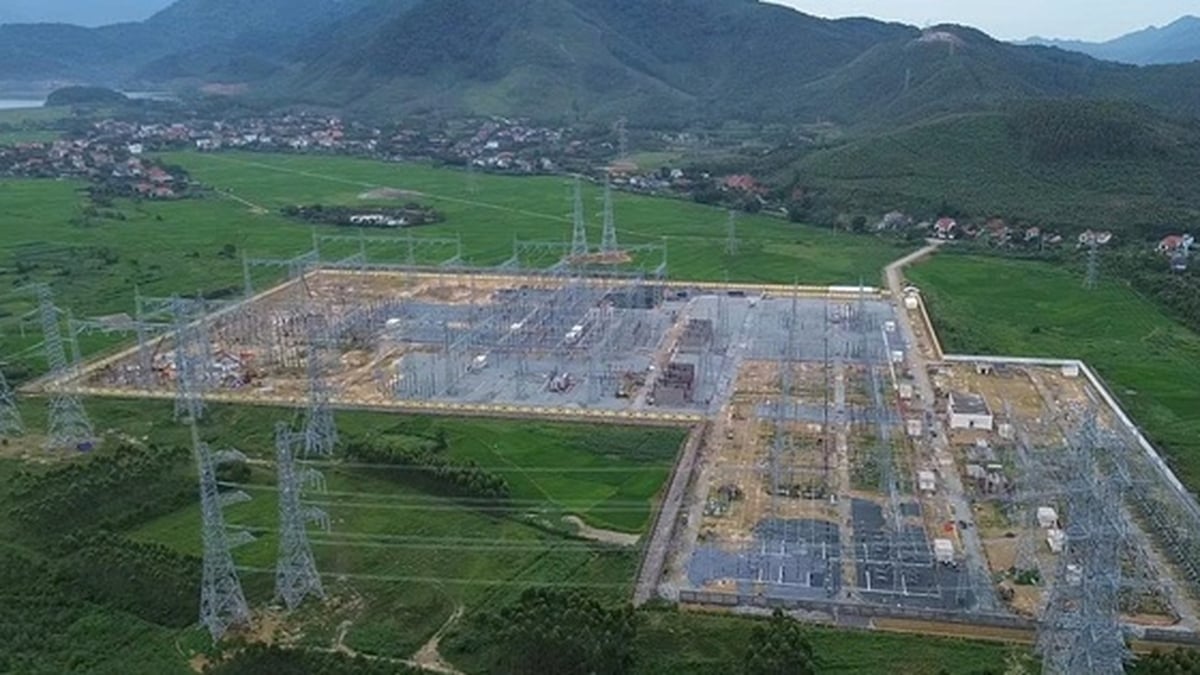

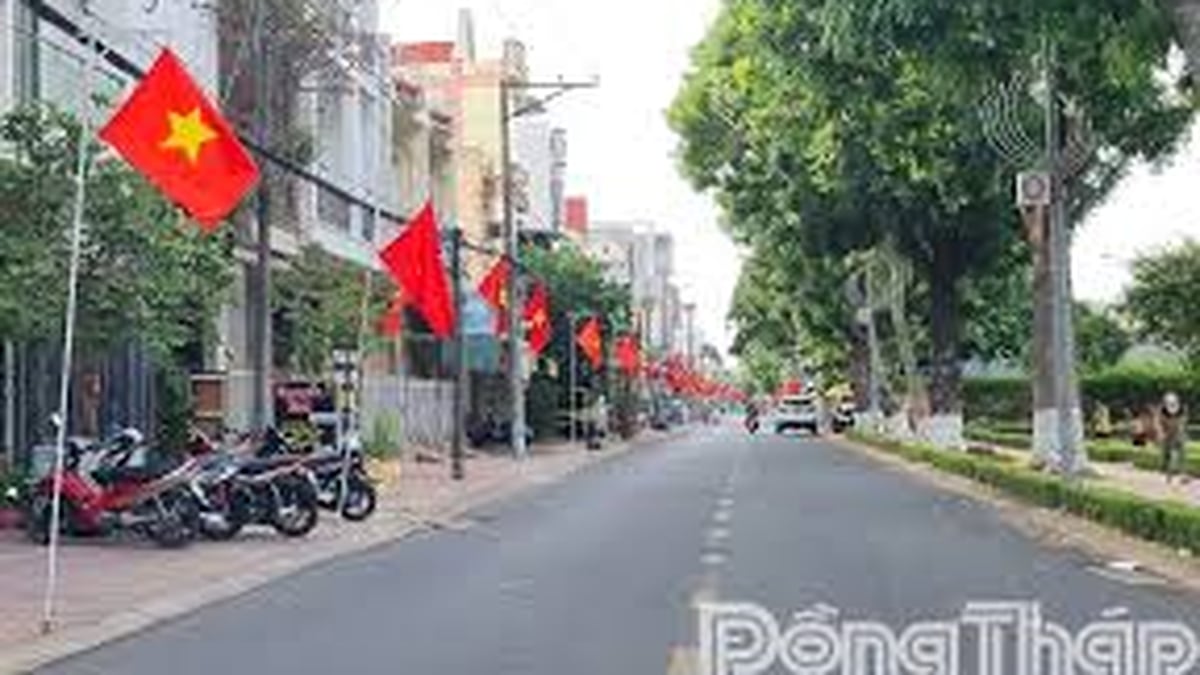

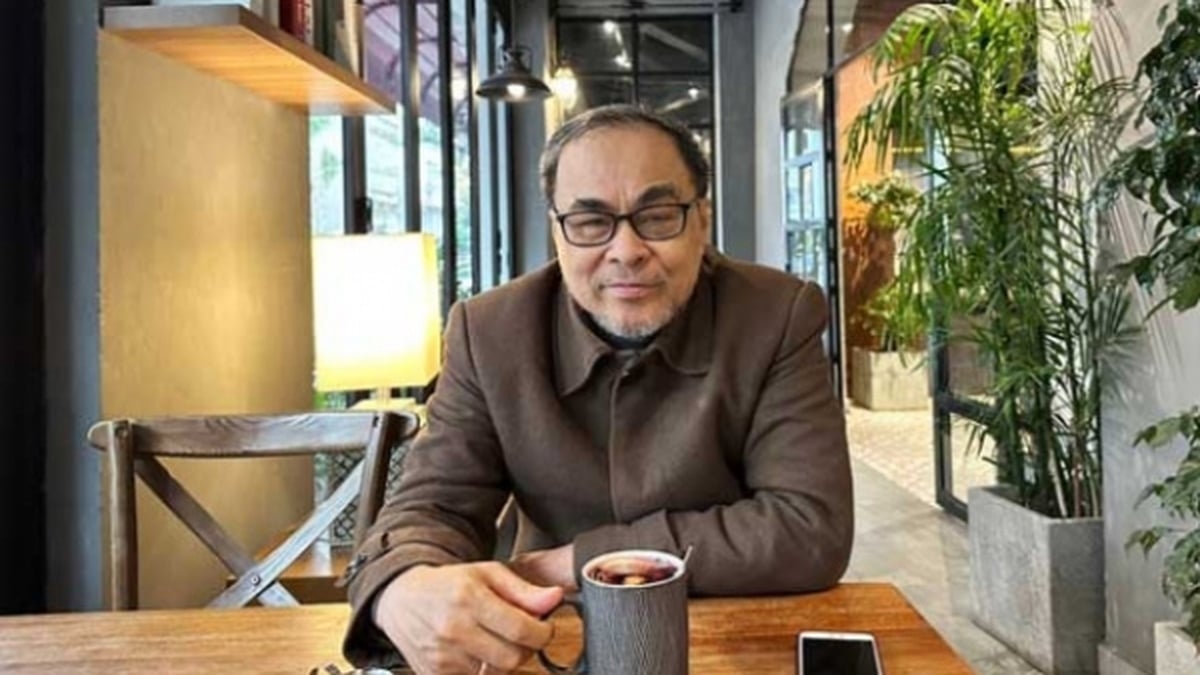
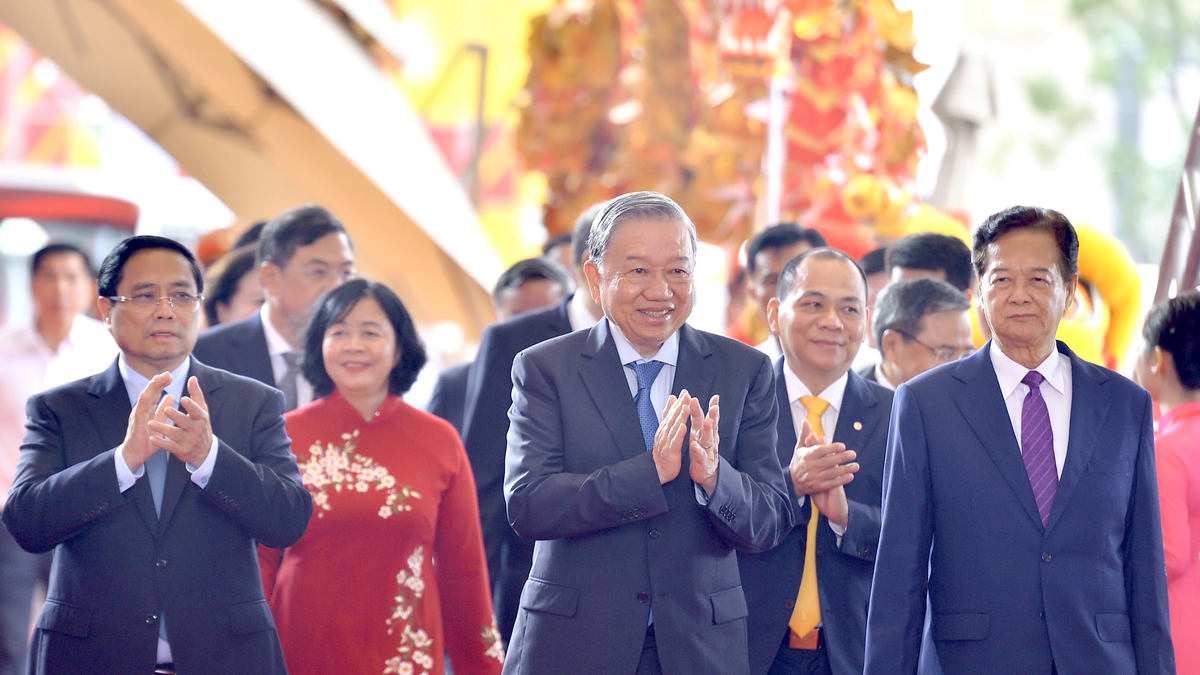
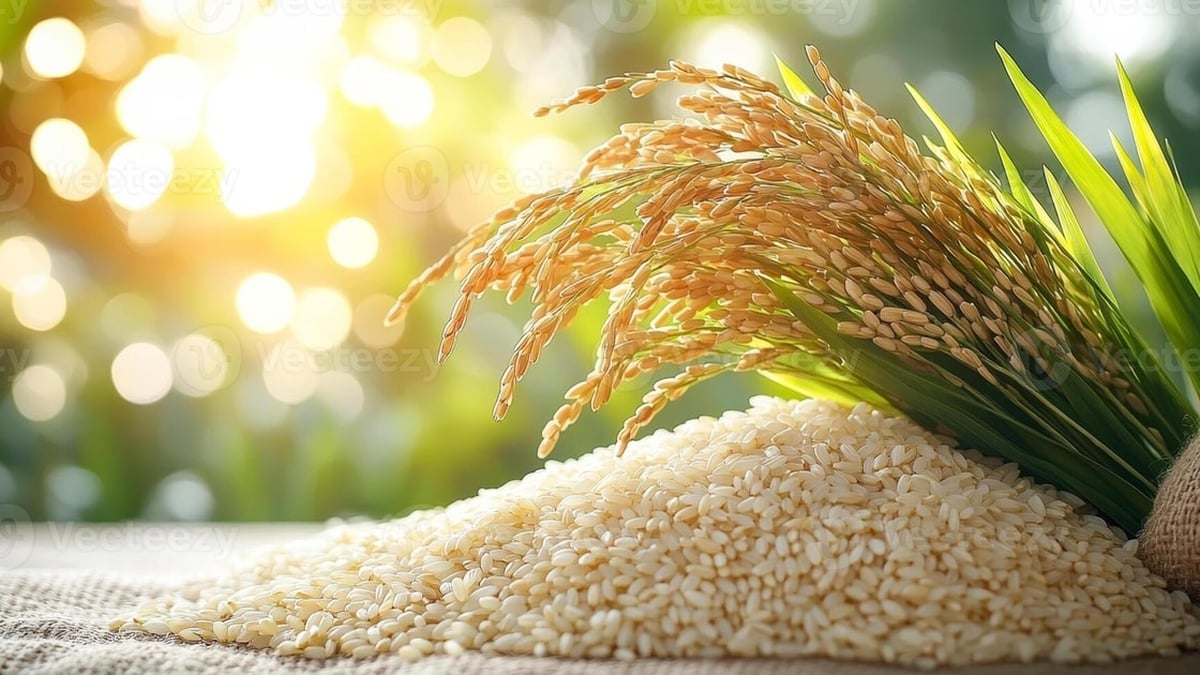
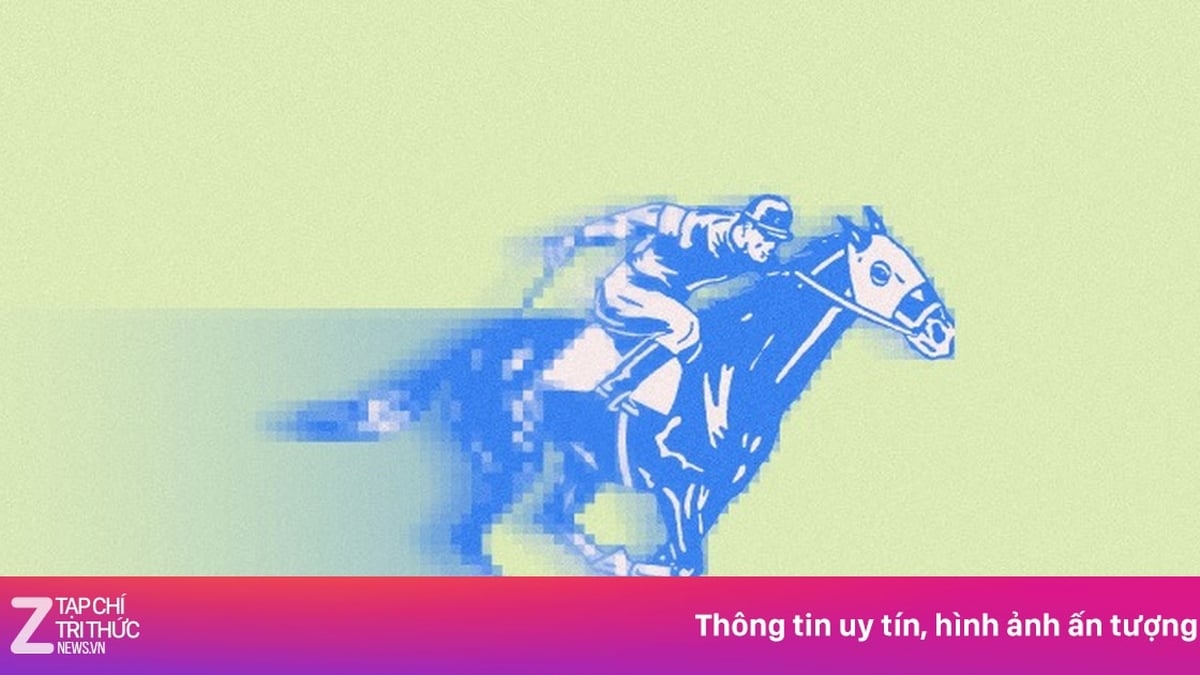
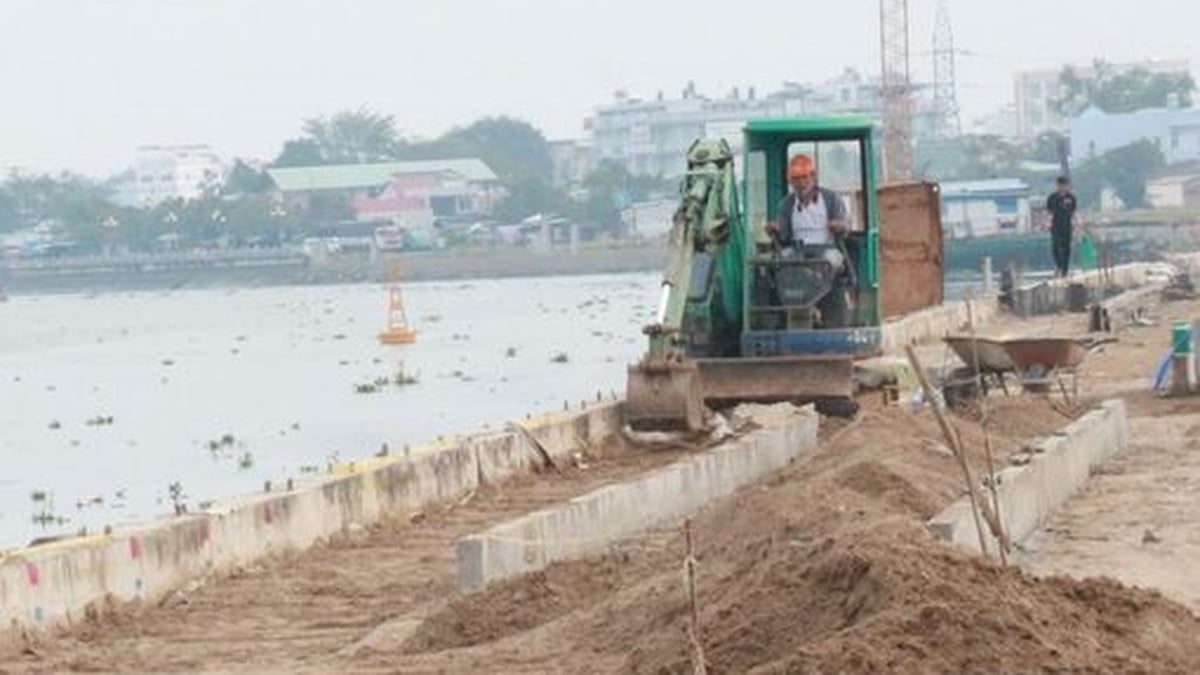










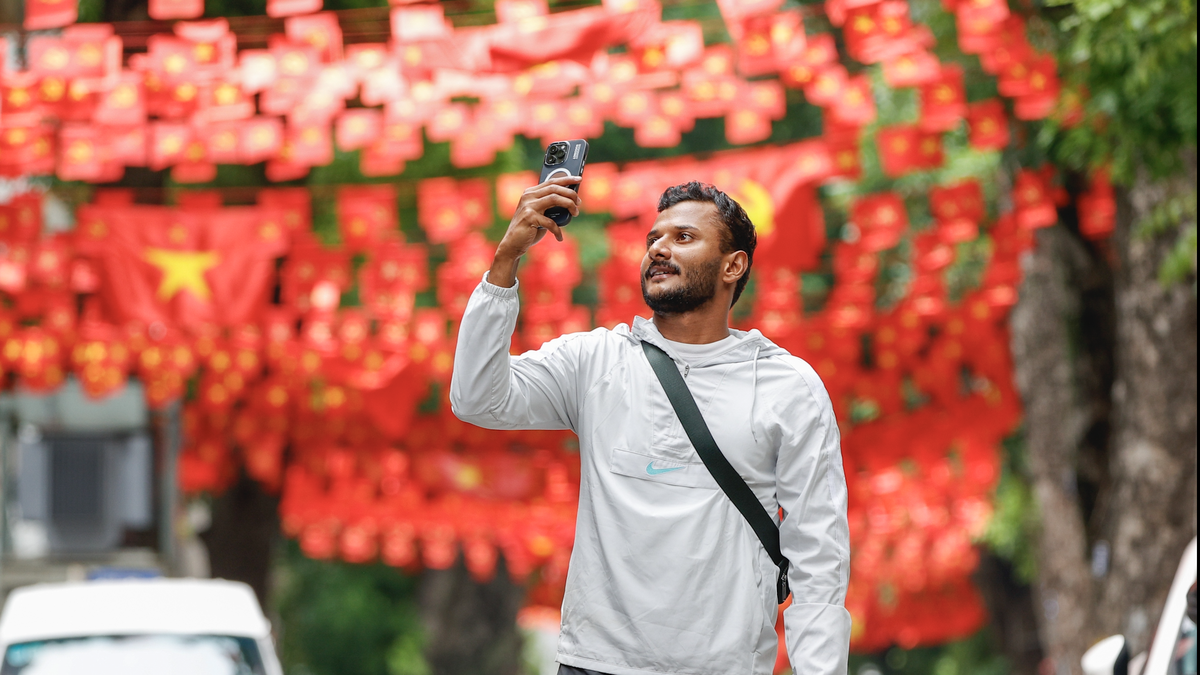
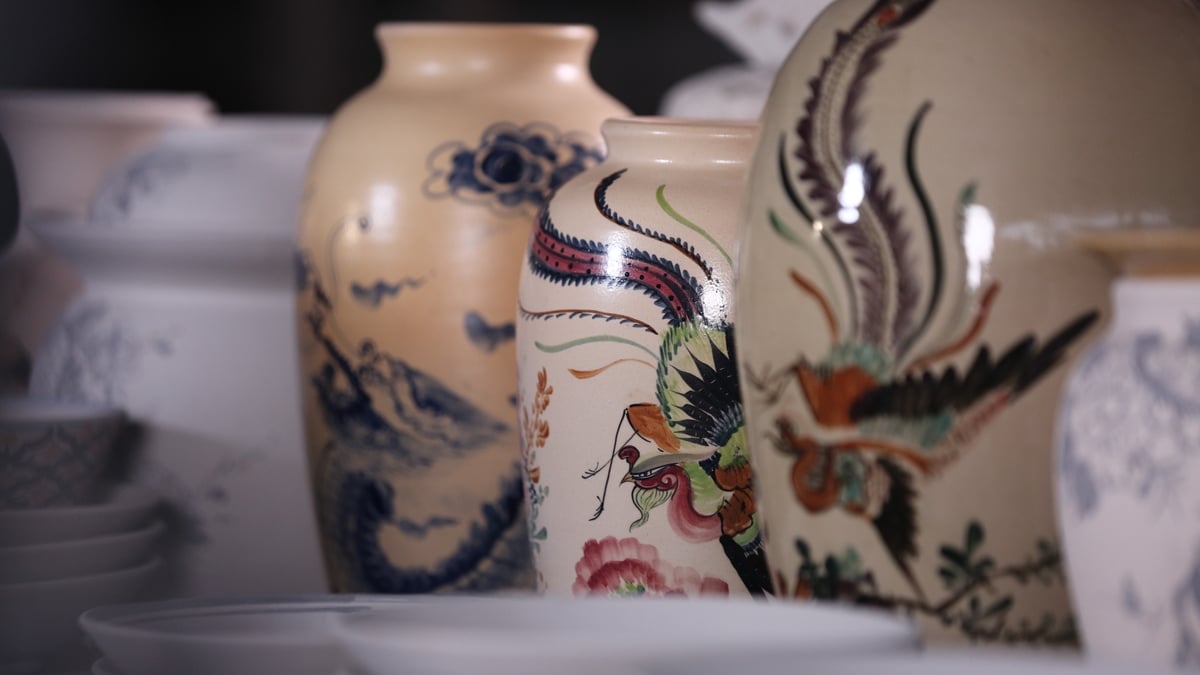
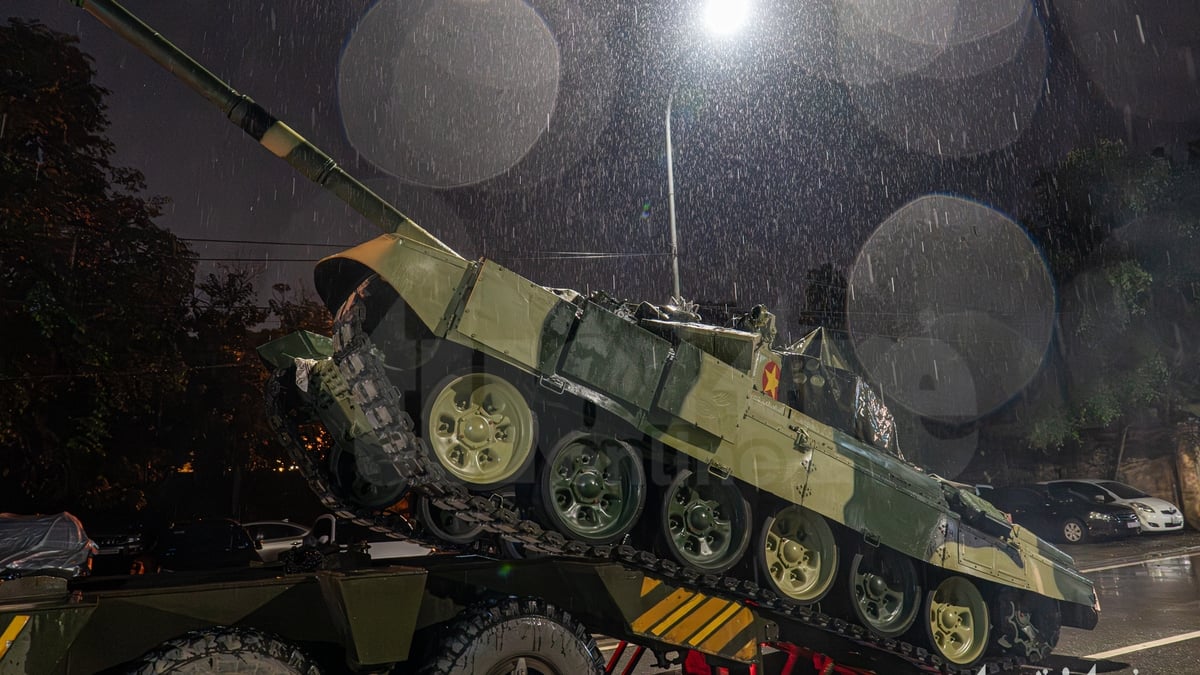
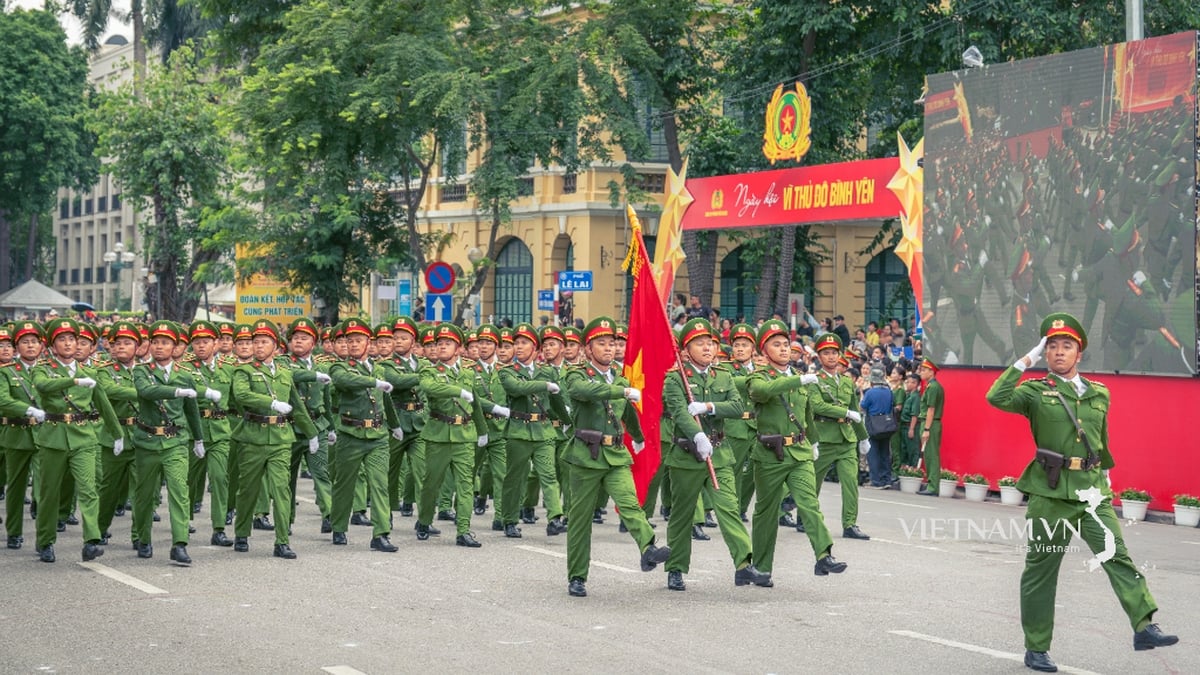
![[Photo] Prime Minister Pham Minh Chinh attends the opening ceremony of the National Data Center](https://vphoto.vietnam.vn/thumb/1200x675/vietnam/resource/IMAGE/2025/8/18/b5724a9c982b429790fdbd2438a0db44)
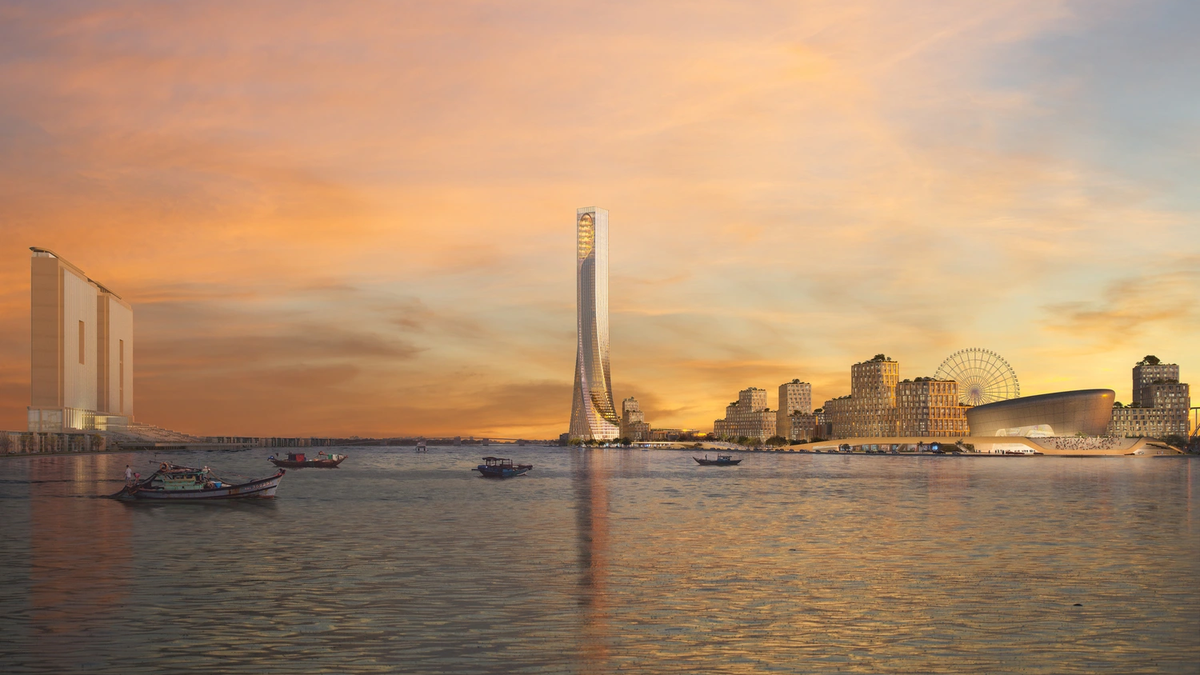
![[Photo] Close-up of the first International Financial Center building in Ho Chi Minh City](https://vphoto.vietnam.vn/thumb/1200x675/vietnam/resource/IMAGE/2025/8/19/3f06082e1b534742a13b7029b76c69b6)

![[Photo] General Secretary To Lam and President Luong Cuong attend the handover ceremony of the Presidential Office Headquarters](https://vphoto.vietnam.vn/thumb/1200x675/vietnam/resource/IMAGE/2025/8/19/a37cfcbd301e491990dec9b99eda1c99)

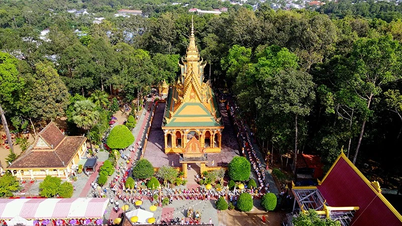

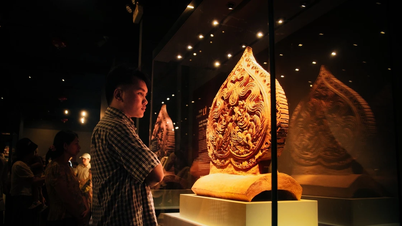





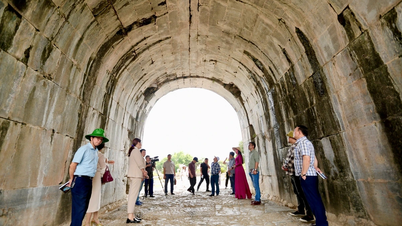



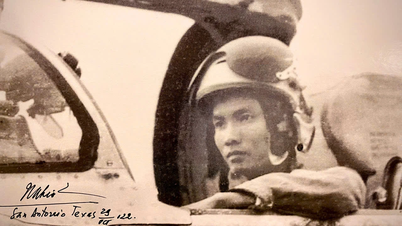

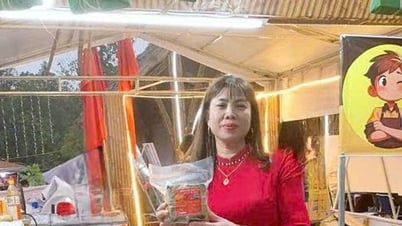



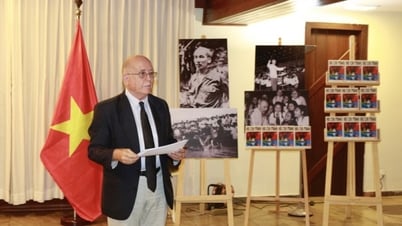



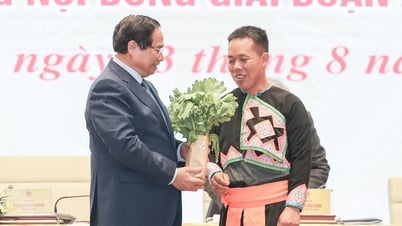

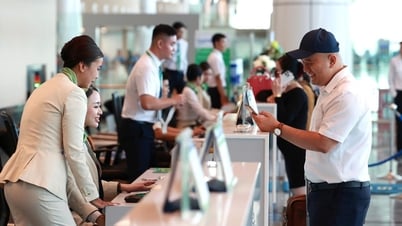
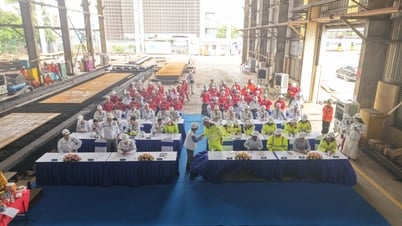

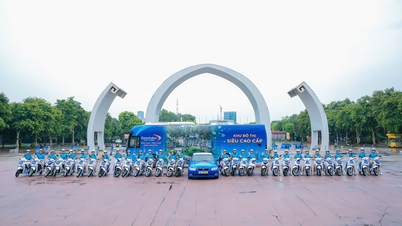
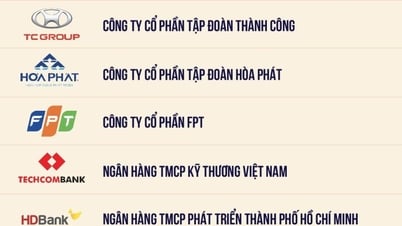
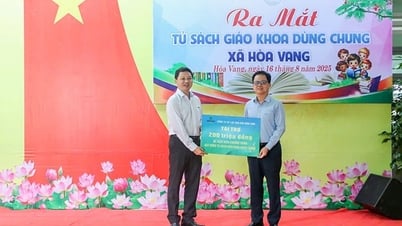

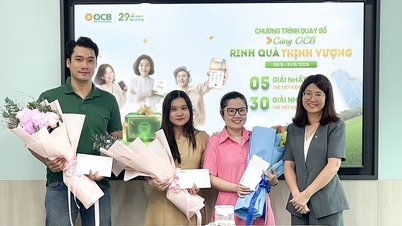
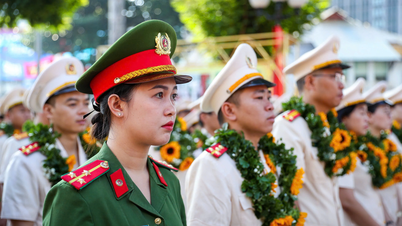
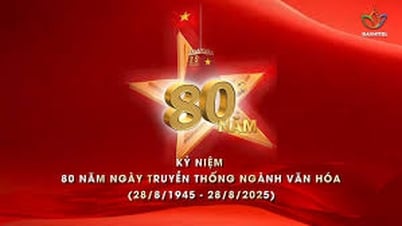

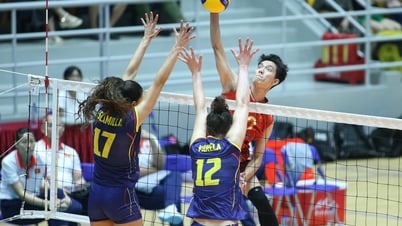

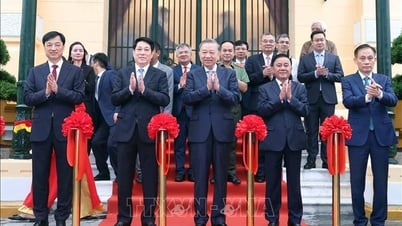


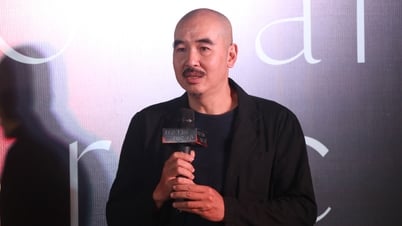



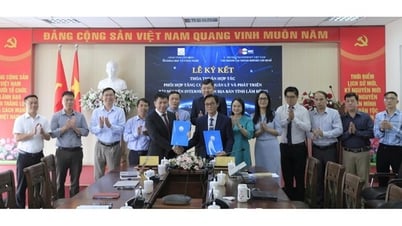





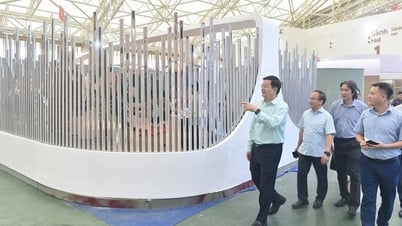







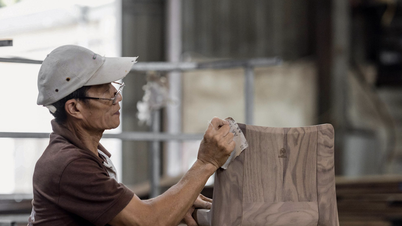
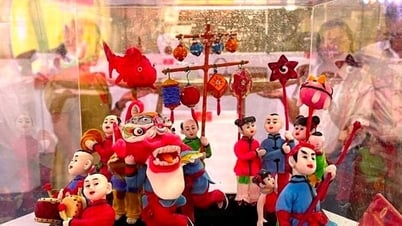
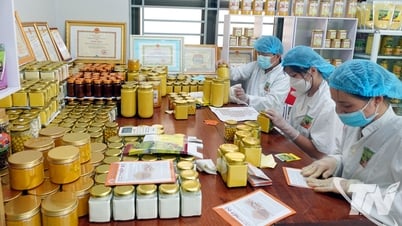

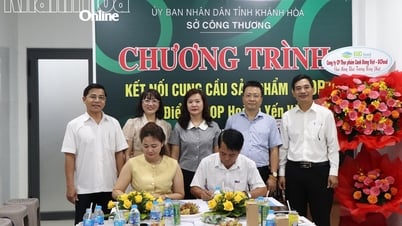

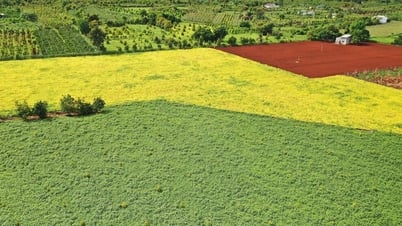

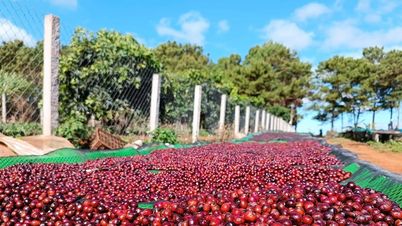






Comment (0)